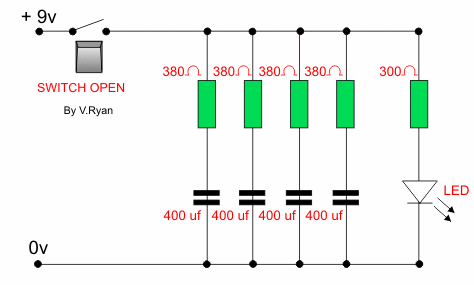"Before I go to sleep I assign myself some problem and it can be any kind of problem. It can be a business challenge, a decision or some business issue. It could be a math problem. It can be how to design a particular invention or it could be a writing problem: how do I organize material to express a certain thought."This first step effectively places the problem into his subconscious where it can then be worked on by his brain over-night.
"And then I go to sleep and then I will dream about it and if I wake up in the middle of the night I will find myself dreaming about something having to do, in a strange way, with this problem."He notes that our internal "censors" let their guard down while we dream, and taking advantage of this is key to unlocking innovative ideas.
"And I'll come back to the problem I assign myself when I went to sleep and invariably I'll have really dramatic new insights into that problem. Very often a solution, new ways of thinking about it."Lucid dreaming has long been known as a middle ground between the conscious and subconscious, and there are other uses for this state of being beyond creativity enhancement. I stumbled on a series of video interviews with Dr. Friedemann Schaub, a physician who pushes "The Fear & Anxiety Solution" through, among other things, a system called Time Line Therapy™.
Schaub posits that we all have a life timeline on which there are both conscious and subconscious events. For many people who suffer with anxiety, grief, or anything else, they may have subconscious events on their timeline which they cannot access. They may not even know that these events exist, even though the events themselves are the cause of their emotional pain. The technique for dealing with these subconscious events involves a lucid state not unlike the one Kurzweil uses, except that instead of for creative gain, Time Line Therapy™ aims for therapeutic gain.
I did not test Time Line Therapy™. Instead, I tested Kurzweil's brand of lucidity. For a week I tried to visualize problems in my life (mostly work) immediately before bed. I then attempted to access these thoughts in a lucid state just after waking in the morning.
Admittedly, my results were not great. There was one morning that I was convinced I had successfully performed the process; however, the other days it was very inconclusive. On that one successful morning I had visualized what a particular interface would look like the previous night, and in the morning I had a pretty clear idea of what direction I wanted to take in actually designing it. The efficacy of the rest of the days' practice was fuzzy, as the subconscious usually is. A few times I was even guilty of forgetting to linger in my lucid wake-up state (this part is the real key - it's not easy to stay lucid but recognize that you need to stay lucid).
Something to keep in mind: Kurzweil has been practicing this technique for over 30 years, so he has quite a leg up on someone like me who started last week. I think that if you practiced this enough it would indeed become extremely powerful, and I plan on continuing the gentle bedtime brainstorming in the hopes that it will aid my creativity as much as it apparently has aided Kurzweil's. That is, if I can beat my subconscious and remember to do so.













